After months of numerous rumors, leaks, and even a price reveal we finally got to meet Samsung’s 2018 flagship duo – The Galaxy S9 and S9+. The Korean tech giant hopes to dominate the first half of 2018 by packing both devices with the latest and greatest they have to offer. Like last year’s pair, the two devices differ only in size, storage, RAM, camera setup, and battery. What else does it have to offer? Let’s take a closer look.

The first thing you’ll notice about Samsung’s new duo is that they eerily resemble their 2017 counterparts, the Galaxy S8 and S8+. In fact, you can easily confuse the four devices with one another because of their similar frontal design. Although, all of that changes once you flip them on their backs. Instead of having the fingerprint scanner beside the cameras, the Galaxy S9 and S9+ now have theirs positioned below, with the LED flash now shifted on the right instead of the left.

Even so, most of the design details are still the same. You still have the glass front and back, the rounded edges, and even the curved sides. That’s not to say that the S9 and S9+ look bad though, they still are very elegant devices and like what some say, why fix something that isn’t broken right?
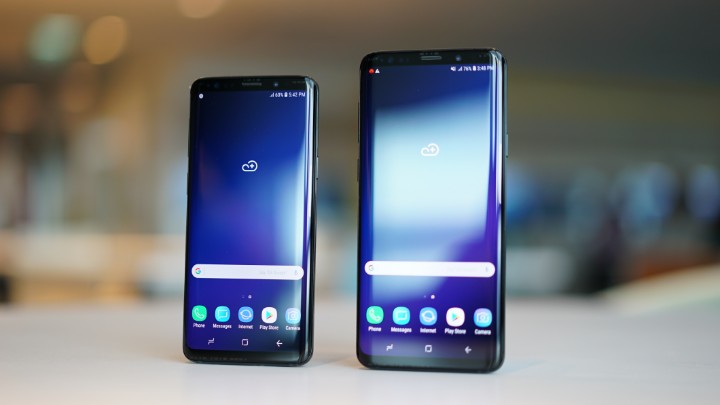
Moving on, to continue last year’s trend both devices sport an 18.5:9 aspect ratio display, with the company’s signature curved sides and thin top and bottom bezels. By transitioning to a wider aspect ratio, Samsung was able to increase the S9 and S9+’ screen to body ratio to 83.2% and 84.2%, respectively.
Above the screen, you’ll find the single 8MP cameras, speakerphone, notification LED, light sensor, and Iris scanner.
Over to the left, we have the volume buttons and the dedicated Bixby button and over to the right is the power/lock button.
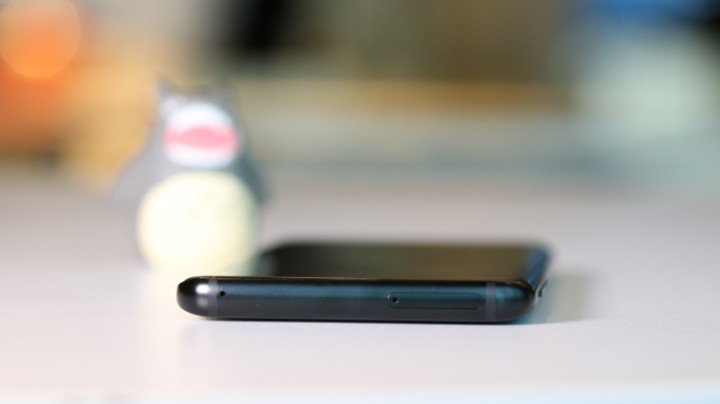
Up top, we have the Hybrid Dual SIM card slot and secondary mic while down below are the 3.5mm audio port, USB Type-C port, primary microphone, and loudspeaker.

Flipping the phones over will reveal the single 12MP or Dual 12MP cameras accompanied by a fingerprint scanner and a dual tone LED. Just below these is Samsung’s logo.

The Galaxy S9 and S9+, although sporting different screen sizes (5.8-inch for the S9 and 6.2-inch for the S9+) are equipped with WQHD+ Super AMOLED displays that curve to the edges and is topped with Corning Gorilla Glass 5.

The screens have crisp details, great contrast, rich blacks, vibrant colors, and good viewing angles, which can provide the user with an excellent viewing experience whether it’s for watching videos, checking out photos, or gaming.

Now, let’s talk cameras. As mentioned earlier, this is where the two devices differ. While both have the same 8MP f/1.7 aperture front cameras, their rear setup is different. The Galaxy S9 is equipped with a single 12MP f/1.5 to f/2.4 aperture rear camera with optical image stabilization while the Galaxy S9+ sports a dual camera setup consisting of the same 12MP f/1.5 to f/2.4 aperture camera but with an additional 12MP f/2.4 aperture shooter. Both have optical image stabilization.

Samsung is boasting that the new Galaxy flagships have improved low-light performance, intelligent scene selection, and a slow-motion feature that can capture motions at 960fps. The front camera has an entertaining feature called AR avatar which analyzes the users face then creates a virtual avatar similar to what we’ve seen with the iPhone X’s Animoji feature.
Table of Contents
S9 Rear Sample Shots
S9+ Rear Sample Shots
As for image quality, it’s stunning. The details are great as accuracy, sharpness, and color reproduction, are on point, while exposure is also well -controlled. Selfies are great too, as background blur is just right and facial details are well-captured.
S9 Selfies
S9+ Selfies
Of course, we’ll be testing the cameras further during our full review but so far they’re shaping up to be a powerful force when it comes to mobile photography.

Depending on the region, the Samsung Galaxy S9 and S9+ are powered by either the new Samsung Exynos 9810 octa-core processor or Snapdragon 845, which are then paired with 4GB or 6GB of RAM, and 64 or 128GB of internal storage. Mundane tasks such as home screen navigation, browsing, and texting is a breeze and app launching is snappy. Initial AnTuTu benchmark scores ranked the Galaxy S9 and S9+ at 239,717 and 245,380, respectively.
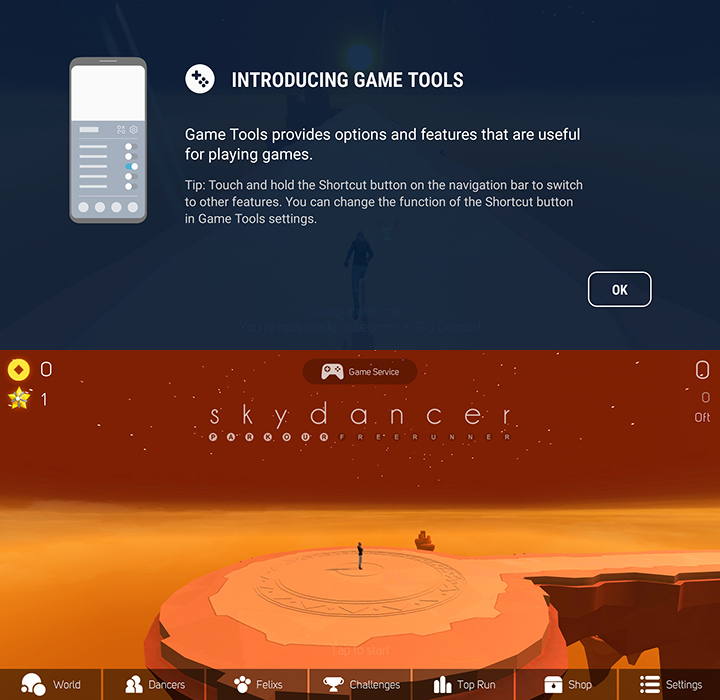
We were only able to test Sky Dancer on both devices but we encounter no lags or frame drops during our brief gaming session.

Samsung’s new flagship duo is shaping up to be quite the contenders for this year’s high-end market. They boast strong performance, elegant designs, and a very impressive set of cameras. Although, of course, we’ve only scratched the surface here as we’ve yet to fully test both devices. Who knows, there might be some hidden features we’ve yet to uncover. Not only that, we also haven’t tested its battery life yet. Either way, the Galaxy S9 and S9+ is a duo that is prepared to take over the early 2018 smartphone market. That’s if competitors have no surprises of their own.
Samsung Galaxy S9 specs:
5.8-inch WQHD+ (2960 x 1440) 18.5:9 Super AMOLED display, 568ppi 84.2% Screen to body ratio, Gorilla Glass 5 (front and back)
Samsung Exynos 9810 octa-core 4 x 2.9GHz Custom CPU + 4 x 1.9GHz ARM Cortex A55
Mali G72-MP18 GPU
4GB LPDDR4 RAM
64GB UFS 2.1 internal storage
12MP f/1.5-f/2.4 dual pixel, OIS, 2x optical zoom Dual-tone, dual-LED flash 2160p@30fps video recording, Slow-mo 960fps @ 720p (0.2 secs)
8MP f/1.7 front-facing camera
Dual hybrid nano-SIM card and microSD card
4G LTE Cat. 18 6CA 1.2Gbps
WiFi 802.11ac
Bluetooth 5.0, A2DP, LE, aptX
NFC
Iris scanner
Fingerprint scanner
Bixby Vision 2.0
GPS with aGPS, GLONASS, BeiDou
IP68 dust and water-resistance
Dual AKG speakers, Dolby ATMOS
Android 8.0 with Samsung Experience 9
3,000 Li-Po battery USB Type-C Fast Charge, Wireless Charging
147.7 x 68.7 x 8.5mm
168 grams
Midnight Black, Lilac Purple
Samsung Galaxy S9+ specs:
6.2-inch WQHD+ (2960 x 1440) 18.5:9 Super AMOLED display, 531ppi 83.2% Screen to body ratio Gorilla Glass 5 (front and back)
Samsung Exynos 9810 octa-core 4 x 2.9GHz Custom CPU + 4 x 1.9GHz ARM Cortex A55
Mali G72-MP18 GPU
6GB LPDDR4 RAM
64GB, 128GB, 256GB UFS 2.1 internal storage
12MP f/1.5-f/2.4 dual pixel, OIS, 2x optical zoom, telephoto 12MP f/2.4 dual pixel, OIS, wide-angle Dual-tone, dual-LED flash 2160p@30fps video recording, Slow-mo 960fps @ 720p (0.2 secs)
8MP f/1.7 front-facing camera
Dual hybrid nano-SIM card and microSD card
4G LTE Cat. 18 6CA 1.2Gbps
WiFi 802.11ac
Bluetooth 5.0, A2DP, LE, aptX
NFC
Iris scanner
Fingerprint scanner
Bixby Vision 2.0
GPS with aGPS, GLONASS, BeiDou
IP68 dust and water-resistance
Dual AKG speakers, Dolby ATMOS
Android 8.0 with Samsung Experience 9
3,500 Li-Po battery USB Type-C Fast Charge, Wireless Charging
158.1 x 73.8 x 8.5mm
189 grams
Midnight Black, Lilac Purple, Coral Blue
Check out more stories from our Samsung Galaxy S9 and S9+ coverage:
Samsung Galaxy S9 and S9+ now official
Samsung Galaxy S9, S9+ price and pre-order in the Philippines
Samsung Galaxy S9 and S9+ in-depth Hands-On
Samsung Galaxy S9 Review
7 Best Features of the Samsung Galaxy S9 and S9+
WATCH: Samsung Galaxy S9 vs Samsung Galaxy S8 Comparison
WATCH: Samsung Galaxy S9 vs iPhone X Comparison
INFOGRAPHIC: Evolution of the Samsung Galaxy S series
Specs Comparisons:
• Samsung Galaxy S9 vs Samsung Galaxy S8
• Samsung Galaxy S9 vs OnePlus 5T
• Samsung Galaxy S9 vs Google Pixel 2
• Samsung Galaxy S9+ vs Samsung Galaxy Note8
• Samsung Galaxy S9+ vs mate 10 pro
• Samsung Galaxy S9+ vs Samsung Galaxy S8+
• Samsung Galaxy S9+ vs Razer Phone
• Samsung Galaxy S9+ vs Google Pixel 2 XL




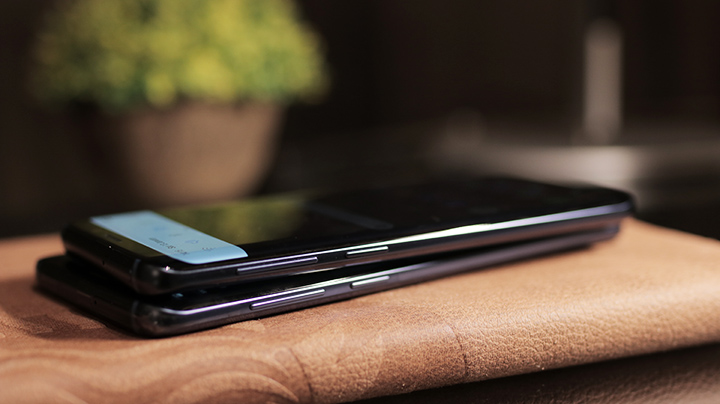























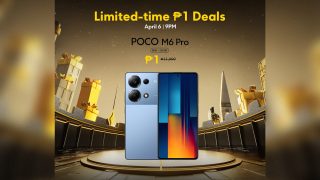

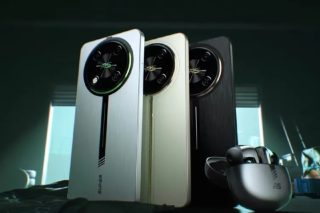




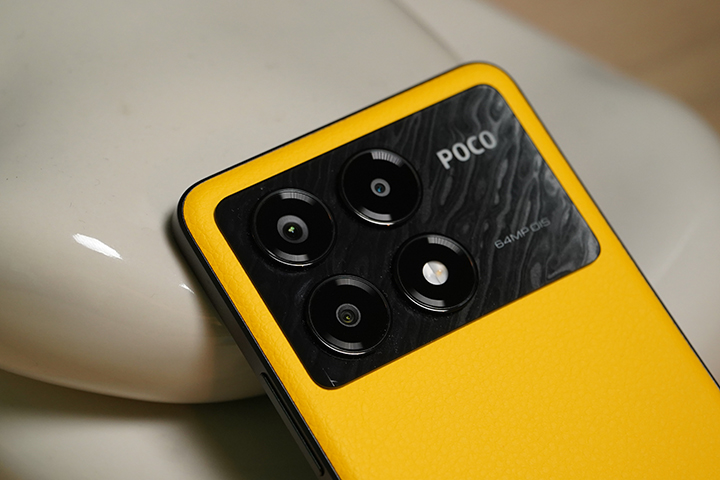



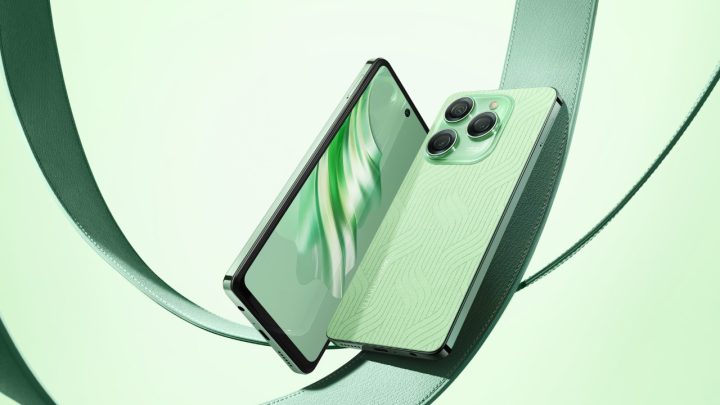


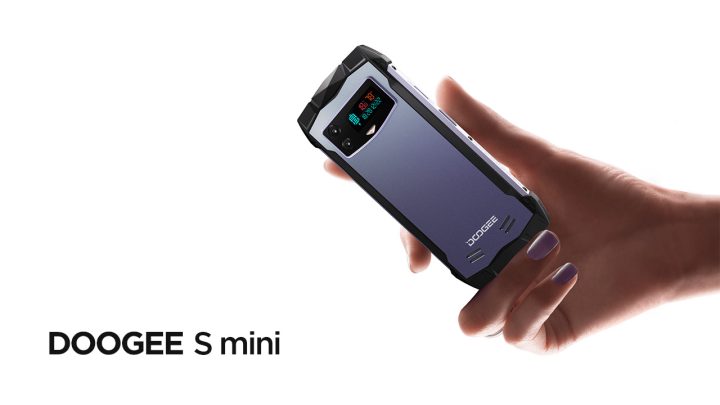


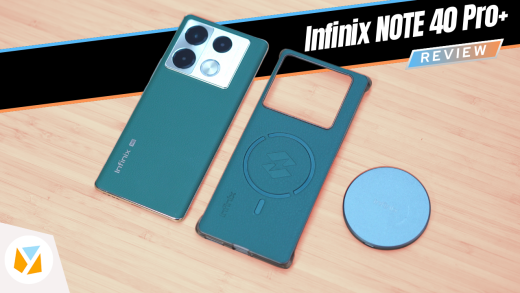
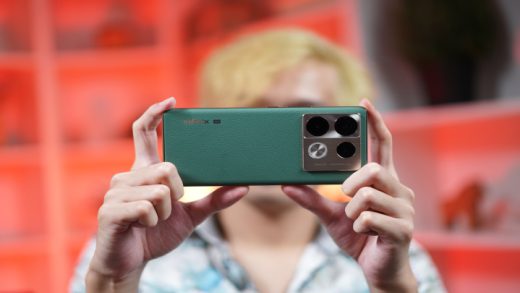
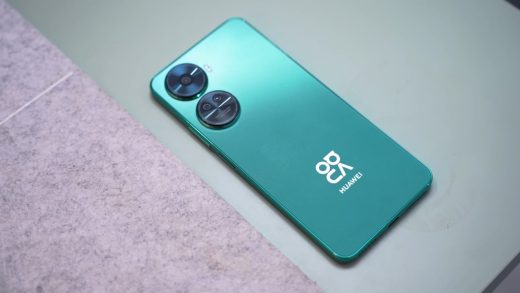

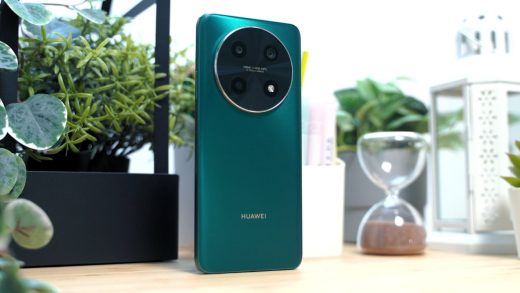





So, is it gonna be Exynos 9810 or Snapdragon 845 in the Philippines? this is the important question.
It has always been Exynos since the S7/Note7. Snapdragon variants are more for the American market.
Ganda ni Ate. Maganda rin yun phone. Mas maganda nga lang si Ate.
Great specs. Still better than iPhone X!